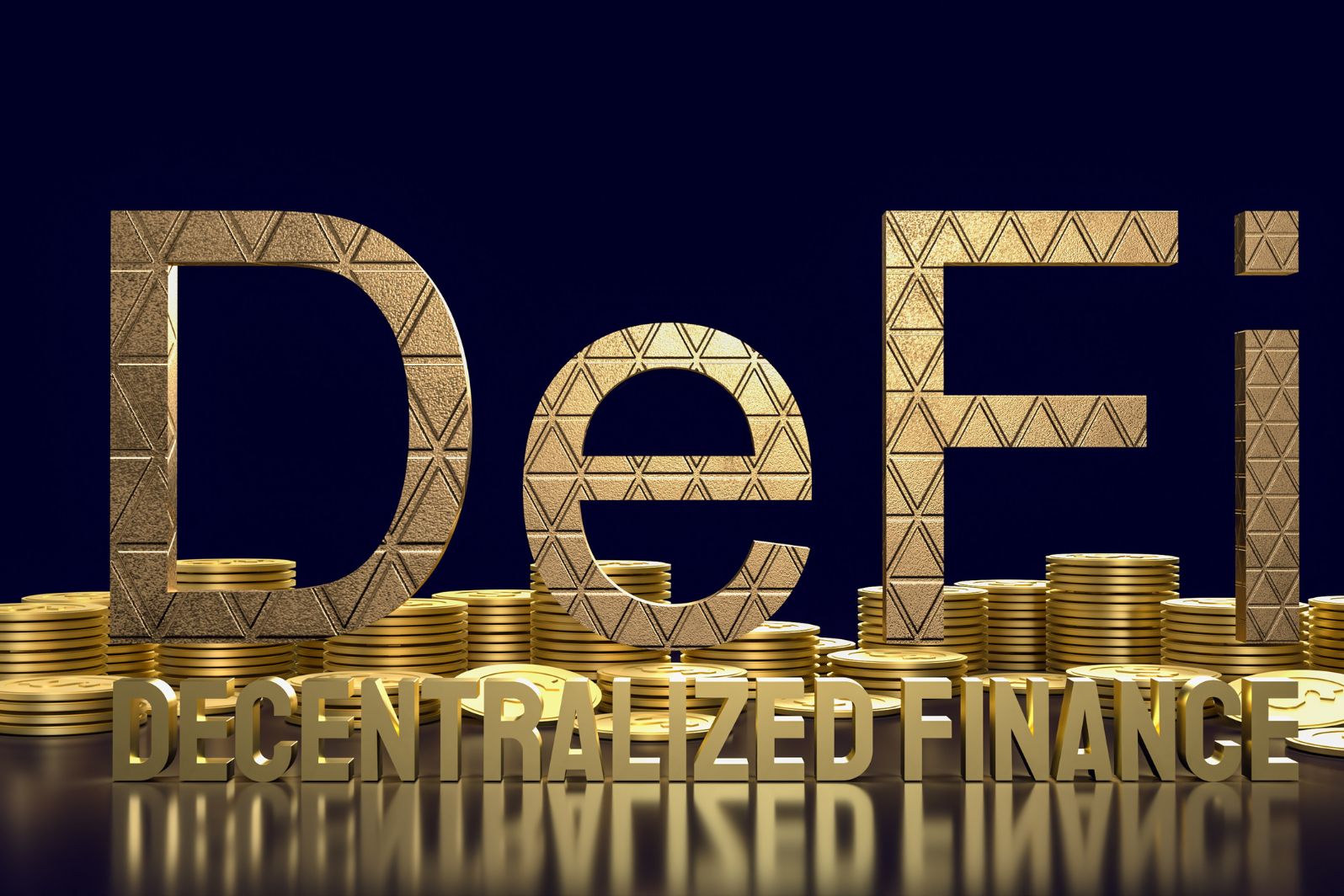In recent years, Decentralized Finance, or DeFi, has emerged as one of the most disruptive innovations in the world of finance. Built on blockchain technology, DeFi aims to eliminate intermediaries like banks and brokers by providing open, permissionless, and transparent financial services that anyone with an internet connection can access.
But what exactly is DeFi, and why is it gaining so much attention?
What is Decentralized Finance (DeFi)?
DeFi refers to a system of financial applications built on blockchain networks—primarily Ethereum—that operate without centralized authorities. Instead of relying on traditional banks or financial institutions, DeFi uses smart contracts to facilitate lending, borrowing, trading, and earning interest.
Smart contracts are self-executing agreements with the terms written into code. Once deployed on the blockchain, they perform transactions automatically and without human intervention.
Key Features of DeFi
- Permissionless Access: Anyone with a crypto wallet and internet access can use DeFi services—no KYC or credit checks.
- Transparency: All transactions and code are publicly available on the blockchain.
- Interoperability: DeFi protocols can be combined or “composed” like building blocks, known as money legos.
- Non-Custodial: Users maintain full control over their funds; there’s no need to trust a third party.
Popular Use Cases of DeFi
- Lending and Borrowing: Platforms like Aave and Compound let users earn interest or take out loans using crypto collateral.
- Decentralized Exchanges (DEXs): Uniswap and SushiSwap allow peer-to-peer trading without intermediaries.
- Stablecoins: Cryptocurrencies like DAI are pegged to fiat currencies to reduce volatility.
- Yield Farming & Staking: Users earn rewards by providing liquidity or locking up their tokens in protocols.
- Insurance: DeFi insurance platforms like Nexus Mutual provide coverage for smart contract failures or hacks.
Advantages of DeFi
- Global Accessibility: Financial services available to the unbanked and underbanked.
- Efficiency: Transactions settle in seconds or minutes, 24/7.
- Lower Costs: Fewer intermediaries mean lower fees.
- Innovation: Open-source nature fosters rapid experimentation and development.
Risks and Challenges
- Smart Contract Bugs: Vulnerabilities in code can lead to exploits and loss of funds.
- Regulatory Uncertainty: Lack of clarity on how governments will regulate DeFi.
- Impermanent Loss: Liquidity providers may face value fluctuations in DEXs.
- Scams and Rug Pulls: Some DeFi projects are malicious or poorly designed.
The Future of DeFi
DeFi has grown from a niche concept into a multi-billion-dollar ecosystem. As scalability improves with layer-2 solutions and new chains like Solana and Avalanche, we can expect DeFi to become more user-friendly and accessible.
Regulatory frameworks are likely to evolve, offering more security for users without compromising the decentralized ethos. Additionally, we’ll likely see traditional financial institutions begin to integrate DeFi concepts, bridging the gap between old and new finance.
Final Thoughts
Decentralized Finance is more than just a crypto buzzword—it’s a powerful movement that’s reimagining the financial system. While it’s still in its early stages and comes with significant risks, DeFi holds the potential to democratize finance and empower individuals around the globe.
Whether you’re a developer, investor, or simply a curious observer, now is the time to start exploring the world of DeFi.


